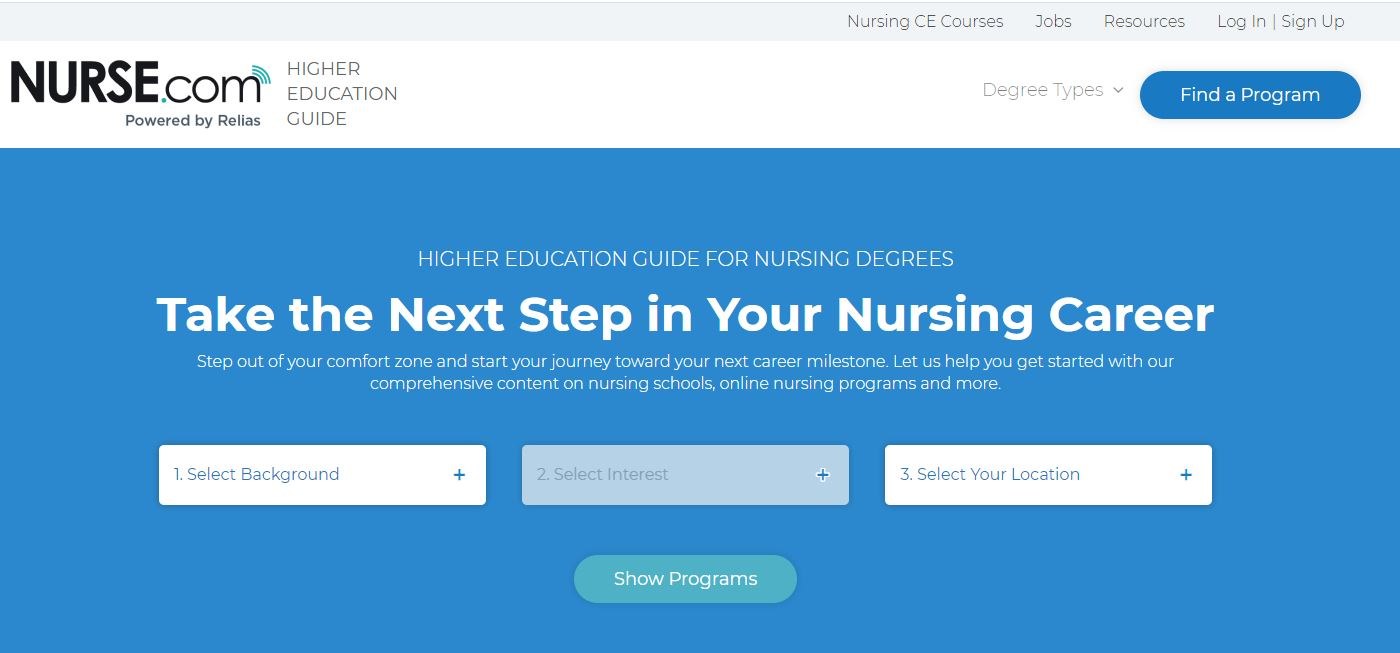How close are we to an 80% baccalaureate-educated nursing workforce?
With 2019 coming to an end, nurses are asking where we are in meeting the goal set by the landmark 2010 Institute of Medicine (now the National Academy of Medicine) report on the Future of Nursing to have 80% of practicing RNs with a BSN by 2020. Thanks to the hard work of truly amazing nurses and other healthcare professionals, during the past decade we've made important, positive strides.
BSN by 2020 starts after decades of debate
The year 2010 was significant after a long history of efforts aimed at uniform nursing education preparation.
For many decades before the IOM report, there was an ongoing debate within the profession around the question: "Is the BSN the decisive credential for licensure and entry into practice?" Attempts at coming to consensus were unceasing, and there were many starts and stops along the way.
As far back as the 1920s, in an attempt to move nursing into mainstream university education, the historic Goldmark Report called for the BSN to be standard preparation for entry into practice. Later, the advent of the associate degree in nursing in the 1950s reopened talks on the subject, and later still the question was addressed in the well-known 1985 proposal on nursing education. The debate continued through the following decades and into the new century, and the 2010 IOM report brought nursing together around a host of big professional and educational goals, one being the recommendation that 80% of practicing RNs have a BSN by 2020. Upon its release, the report indicated approximately 36% of RNs were entering nursing with a baccalaureate degree. But because many came with a diploma or associate degree and later earned a baccalaureate, there were about 50% of practicing nurses nationwide in 2010 with a BSN.
Work done, lessons learned
In November 2010, the Robert Wood Johnson Foundation initiative called The Future of Nursing: Leading Change, Advancing Health took up the baton, established the Campaign for Action, and did a mammoth amount of work, helping to increase the nationwide percentage of baccalaureate-educated nurses from 49% in 2010 to 51% in 2014, moving toward the ultimate goal of 80% BSN by 2020. Various other professional nursing organizations, such as the Academic Progression in Nursing (APIN), which is funded by RWJF and led by the Tri-Council for Nursing, joined the effort. Other organizations included the American Association of Colleges of Nursing (AACN), the American Nurses Association (ANA), the American Organization of Nurse Executives (AONE) and the National League for Nursing (NLN).
Certain states were selected by APIN from 2012 to 2014 for funding that would be used to advance their work on academic progression. RWJF invested more than $9 million in the program by the end of 2016 and nine states (California, Hawaii, Massachusetts, Montana, New Mexico, New York, North Carolina, Texas and Washington) were participating by that year.
Then in 2017, AACN circulated a position statement draft called, "The Baccalaureate Degree as Entry-Level Preparation for Professional Nursing Practice," to get public opinion on the issue. In part, AACN said it "believed registered nurses should be minimally prepared with a BSN or equivalent nursing degree," and the position statement mentions how the IOM's BSN by 2020 goal has "generate momentum" toward that goal. In an article, Robert Rosseter, chief communications officer for AACN, clarified the draft did not say nurses could not enter the profession with an associate degree. "The focus here is on academic progression -- moving nurses on to higher levels of education," he said in the article.
Many goals achieved
- Progress continues, outcomes remain positive, and nursing continues to move forward in growth of four-year programs, which went from 882 in 2002 to 1,413 in 2012.
- The Campaign for Action is still learning from the states as they work at the national level.
- State action coalitions and implementation programs have been successful, as have strategies to advance academic progression.
- The campaign has provided technical assistance on academic progression to 25 state action coalitions and implementation program grantees, in the belief that "standardizing prerequisites and general education requirements across the nation in all nursing programs is a fundamental step in advancing nursing education and removing barriers that make it difficult for nursing students to move from an associate degree in nursing to a (baccalaureate) program."
Almost time to celebrate!
According to two leaders during this decade-long process -- Susan B. Hassmiller, PhD, RN, FAAN, senior adviser for nursing, Robert Wood Johnson Foundation, and director, Future of Nursing: Campaign for Action, and Susan Reinhard, PhD, RN, FAAN, senior vice president and director, AARP Public Policy Institute and chief strategist, Center to Champion Nursing in America -- the new National Academy of Medicine report soon will be released and its findings discussed at a gathering of action coalitions and other leaders in healthcare. This will give everyone an opportunity to celebrate the work that's been done and measure how much closer we have gotten to 80% BSN by 2020 and other important recommendations.












